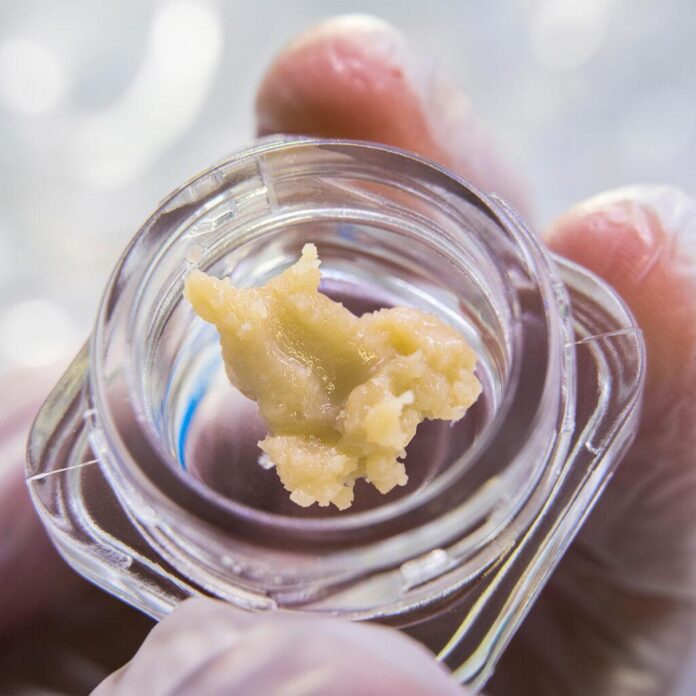In the intricate tapestry of nature’s creations, two remarkable substances frequently enough find themselves in the spotlight: rosin and resin. both are born from the secrets of trees,yet each carries its unique narrative,properties,and applications.As we delve into the world of these intriguing materials, we uncover the fundamental differences that set them apart, while also celebrating the similarities that bind them to the natural world.In this exploration, we’ll unravel the chemistry, history, and uses of rosin and resin, illuminating how these nature-inspired substances contribute to art, industry, and even medicine. Join us on this journey as we unpack the nuances of rosin and resin, offering a clearer understanding of their roles in our lives and the ecosystems from which they originate.
Understanding the Origins of Rosin and Resin
Rosin and resin, while often used interchangeably in conversation, originate from distinct sources and encapsulate different properties. Resin is a natural substance produced by various plants, especially trees, as a defense mechanism against injury. when these trees are wounded, they secrete a sticky, viscous fluid to seal the wound, much like how human skin scars over.This substance has traditionally been used in varnishes and incense, partly due to its aesthetic appeal and earthy aroma.
In contrast, rosin is a solid form of resin that has undergone a refining process. Typically obtained from pine trees, rosin is created by heating resin to evaporate the volatile components, leaving a hardened product behind. This transformation not only alters its physical state but also enhances its usability in various applications such as music (as bow rosin for string instruments) and industry (as a tackifier in adhesives). The transition from resin to rosin embodies a journey of refinement that tailors the substance for specific uses.
To visualize their differences more clearly, consider the distinct characteristics of both substances:
| Feature | Resin | Rosin |
|---|---|---|
| Form | Liquid | Solid |
| Source | Wounded trees | Refined from resin |
| Uses | Varnishes, incense | Adhesives, musical applications |
The rich history of both substances can be traced back to ancient civilizations that recognized their unique properties. From Egyptians who utilized resins in mummification to modern musicians applying rosin to strings for enhanced sound quality,the legacy of these natural wonders continues to evolve. Today, an understanding of their origins and applications showcases not just their practical benefits but also a glimpse into the interconnectedness of nature and culture.
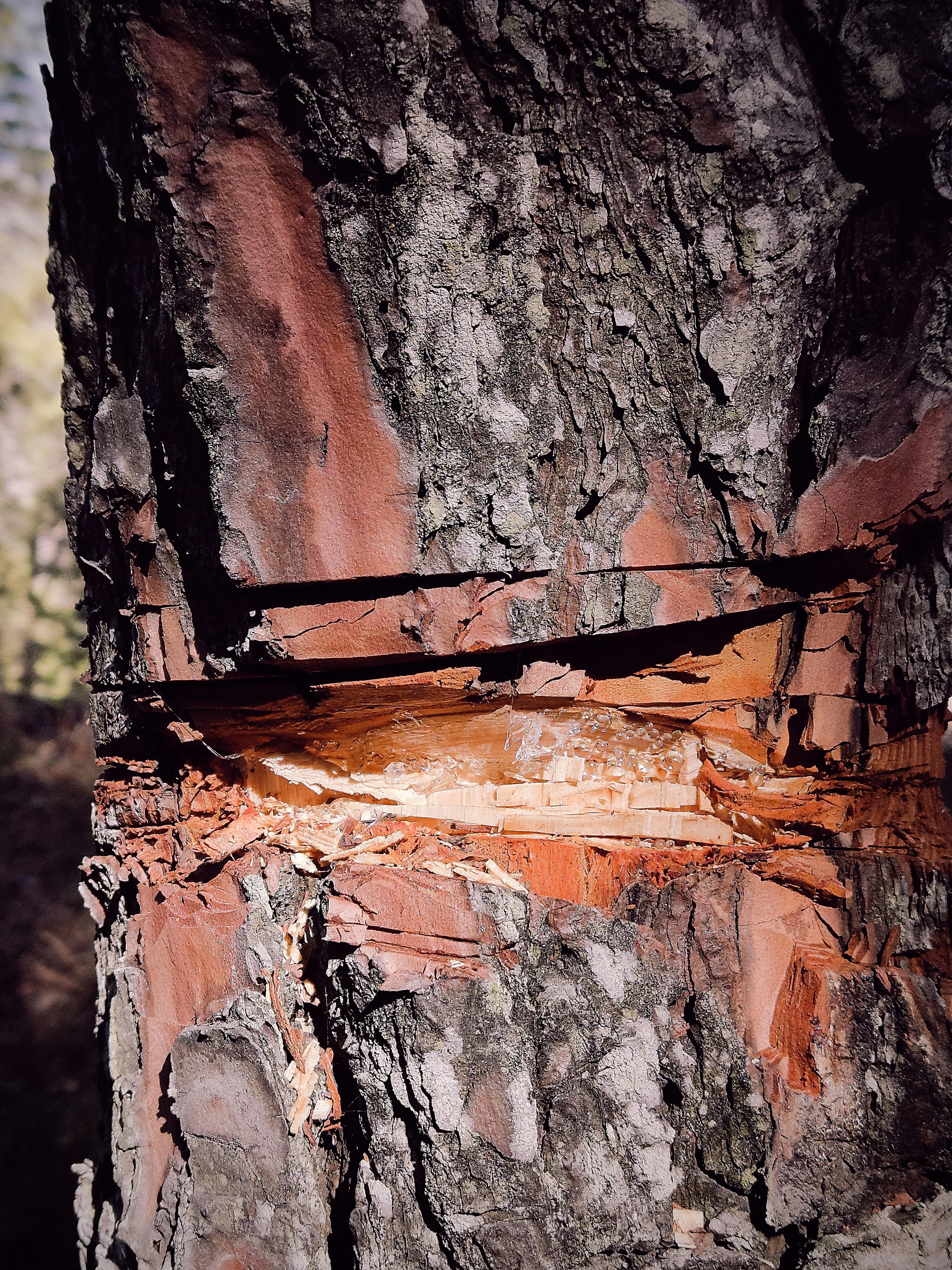
The Chemical Composition: What Sets Them Apart
To understand the distinction between rosin and resin, one must delve into their intricate chemical compositions. Both substances originate from plants, primarily trees, but their chemical makeup reveals critically importent differences that contribute to their varied uses and properties. At the core,rosin is a natural solid derivative formed through the distillation of resin; it primarily comprises colophony and various resin acids,which are a mix of organic compounds that include:
- Abietic acid
- Dehydroabietic acid
- Pimaric acid
These components not only lend rosin its characteristic sticky texture but also define its specific applications in industries such as music,were it is used to coat the bows of string instruments,enhancing friction without compromising on sound quality.
On the flip side, resin is a more general term that encompasses a broad variety of viscous substances exuded by plants. Its composition can vary substantially based on the type of plant,but it typically contains a mix of terpenes,volatile oils,and a variety of organic compounds,which can yield the following features:
| Chemical Component | Common Source | Typical Use |
|---|---|---|
| Monoterpenoids | Pine trees | Fragrance |
| Diterpenoids | Fir trees | Medicinal |
| Sesquiterpenes | Various plants | Flavoring |
This rich amalgamation makes resin a versatile material that finds applications in everything from pharmaceuticals to food flavorings. In essence, while both rosin and resin sprout from nature’s bounty, their chemical components delineate their usability, effectiveness, and functional characteristics in the marketplace.

Multiple Uses and Applications in Art and Industry
Both rosin and resin offer intriguing possibilities across various fields, from fine arts to industrial applications. The distinct properties of each substance make them suitable for a range of creative and functional uses.
In the realm of art, resin has gained popularity among artists for its glossy finish and versatility. It is often used in:
- Mixed Media Art: Creators blend resin with pigments and other materials to achieve unique textures and depth.
- Jewelry Making: Resin can encapsulate objects, allowing artists to craft stunning, one-of-a-kind pieces.
- Coatings: Many artists apply resin over paintings to protect and enhance colors, creating a striking visual impact.
Conversely, rosin holds its own in both artistic and industrial spheres. Traditionally used by musicians for string instruments, it enhances grip and produces a warmer tone. Its industrial applications include:
- Adhesives and Sealants: Rosin is frequently enough utilized in the formulation of tacky adhesives due to its natural stickiness.
- Paper Sizing: It is used to improve water resistance in paper products, enhancing their durability.
- Paving and Coatings: Rosin contributes to the longevity and sheen of various surfaces in construction and manufacturing.
Both substances also find engaging applications in the creation of eco-kind products. For instance, the table below compares their environmental impact:
| Property | Rosin | Resin |
|---|---|---|
| Source | Tree sap | Synthetic or plant-based |
| Biodegradability | High | Varies |
| Toxicity | Low | Can be high in some synthetic forms |
| Common Uses | Instruments, adhesives | Art, coatings |
As industries evolve, the applications of both rosin and resin will likely expand, driven by the constant search for innovative, lasting materials.
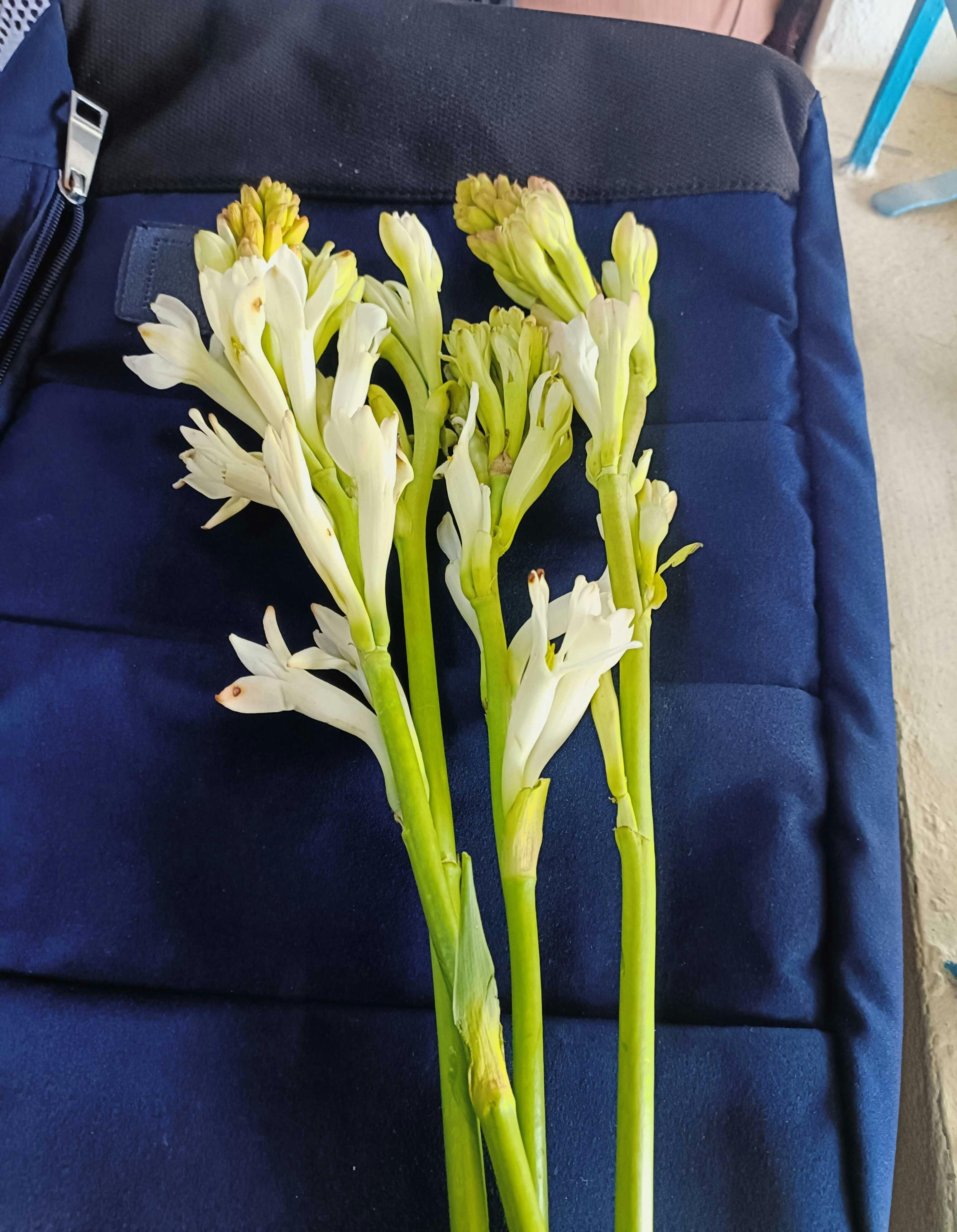
Health and Environmental Impact Considerations
when evaluating rosin and resin, it’s crucial to consider their health and environmental impacts. Both substances originate from natural sources-rosin from pine trees and resin from various plants-yet their extraction and processing involve distinct approaches that can lead to different ecological footprints.
Health Effects: The inhalation, skin contact, or ingestion of these substances can lead to health implications, making it important to understand their properties.
- Rosin: Generally considered safe when used correctly, but when heated (as in vaping or dabbing), it can release harmful byproducts.
- Resin: Can release volatile organic compounds (VOCs) during curing, which may lead to respiratory issues or skin irritation for sensitive individuals.
In terms of environmental impact, the methods used for harvesting and processing these materials play a significant role. While both rosin and resin are derived from natural sources, factors to consider include:
| Impact Factor | Rosin | Resin |
|---|---|---|
| Source Sustainability | Trees can regenerate; careful tapping is essential. | Varies by plant; some species might potentially be over-harvested. |
| processing Footprint | Low; primarily mechanical extraction. | Higher; often requires chemical processing. |
| End-of-Life Impact | Biodegradable and eco-friendly. | Depends on the composition; some resins may not decompose easily. |
Ultimately, understanding these health and environmental implications can aid consumers and producers in making informed choices. By opting for responsibly sourced products and employing safe usage practices, the negative impacts of both rosin and resin can be mitigated, allowing them to be enjoyed as sustainable alternatives in various applications.
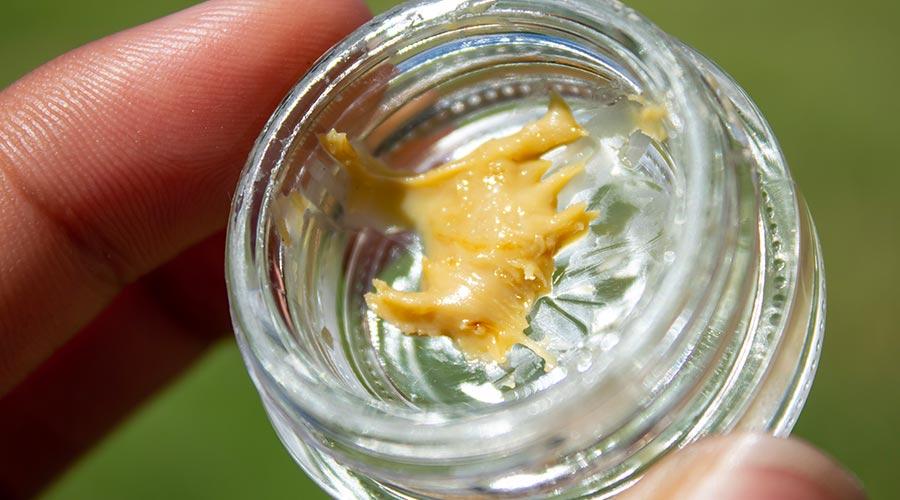
Choosing the Right Substance for Your Needs
When it comes to selecting between rosin and resin, the decision hinges on a variety of factors, including your intended use, desired effects, and personal preferences. Each substance offers distinct qualities that can enhance your experience, whether for therapeutic purposes, crafting, or culinary applications. By identifying your core requirements, you can make an informed choice that suits your lifestyle.
Considerations for Rosin:
- Purity: Rosin is a solventless extract, which means it’s free from chemical additives and preservatives. if purity is paramount for you, this might be the right choice.
- Ease of Use: Easily handled and typically usable in various methods-whether vaporizing, dabbing, or incorporating into edibles-rosin shines in versatility.
- Flavor profiles: Many users appreciate the rich, natural flavor that rosin retains from the plant material, making it ideal for connoisseurs.
Considerations for Resin:
- Variety: Available in multiple forms, including live resin and diamonds, this substance boasts a wide range of options to suit different preferences.
- Concentration: Resin tends to have a higher potency due to extraction methods involving solvents, which can be beneficial if you’re seeking intense effects.
- Aromatics: Renowned for its aromatic qualities, resin can enhance sensory experiences, making it a popular choice among many users.
the right substance will depend on your unique needs and lifestyle. To help compare the two options at a glance, consider the table below summarizing their key characteristics:
| Feature | Rosin | Resin |
|---|---|---|
| Extraction Method | Solventless | Solvent-based |
| Flavor | Natural | Aromatic |
| Potency | Moderate | High |
| Versatility | High | Varied |
Ultimately, the choice between rosin and resin lies in understanding your personal preferences and objectives. Whether you prioritize purity, potency, or flavor, knowing these factors will empower you in selecting the perfect substance to meet your needs.
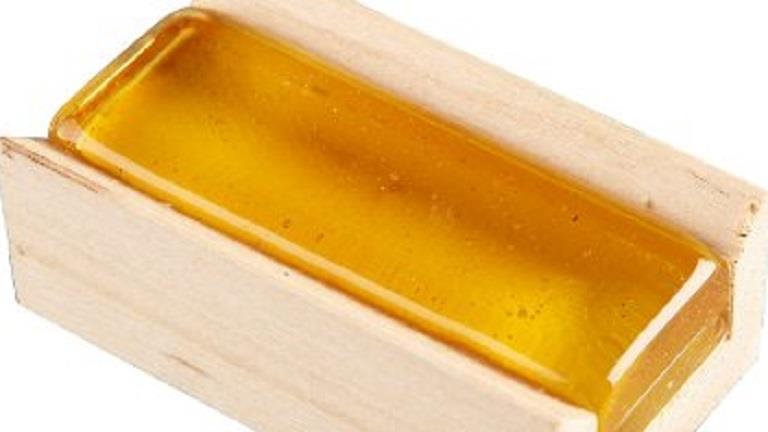
Practical Tips for Working with Rosin and Resin
when it comes to working with rosin and resin, the techniques and tools you choose can significantly impact your experience and the quality of your results. Here are some essential tips to enhance your craft:
- Choose the Right Temperature: Rosin extraction is temperature-sensitive. Aim for a range of 160°F to 220°F. Lower temperatures yield a more flavorful product, while higher temperatures provide a larger yield.
- Preparation is Key: Ensure your starting material is clean and dry. Any moisture can effect the quality of the rosin or resin produced.
- Use High-Quality Equipment: Invest in a reliable heat source, such as a hydraulic press for rosin, and quality molds or containers for resin, to ensure consistent results.
- Experiment with Ratios: For resin crafts, the balance of resin to hardener can make all the difference. Begin with a standard 2:1 ratio and adjust according to your desired viscosity and curing time.
In addition to these tips, safety shoudl be a priority. Here are some precautions to keep in mind:
- Work in a Well-Ventilated Area: Both rosin and resin can emit fumes during the heating process. Adequate ventilation is crucial to avoid inhalation hazards.
- Use Protective Gear: Gloves and safety goggles will protect your skin and eyes from potential exposure to sticky substances and irritants.
- Store Properly: Keep your rosin and resin in airtight containers in a cool, dark place to extend their shelf life and maintain quality.
understanding the properties of the materials can lead to better outcomes. Here’s a swift comparison:
| Feature | Rosin | Resin |
|---|---|---|
| Source | Pine trees | Various plants |
| Consistency | Sticky solid | Liquid to solid when cured |
| Usage | Extracts, music | Crafts, coatings |
Concluding Remarks
In the intricate dance of nature’s gifts, rosin and resin stand out as remarkable substances, each with its own story to tell. As we’ve journeyed through the nuances that distinguish these two aromatic allies, it becomes clear that both have earned their place in various realms-be it art, music, medicine, or even the culinary arts. While rosin serves its magic primarily in the hands of musicians and artists, enhancing our sensory experiences, resin captivates us with its ancient allure, offering healing properties and timeless beauty.
Ultimately,whether you are drawn to the warm glow of rosin or the rich depth of resin,both are testaments to the boundless creativity that nature inspires. as you explore their unique characteristics, perhaps you’ll uncover new ways to incorporate these precious materials into your own life. The next time you come across a vial of resin or a block of rosin, you’ll appreciate not just their distinct qualities, but also the stories and traditions woven deeply within them. In a world that often separates the natural from the crafted, may the wonders of rosin and resin remind us of the seamless connections that bind art, nature, and humanity.


